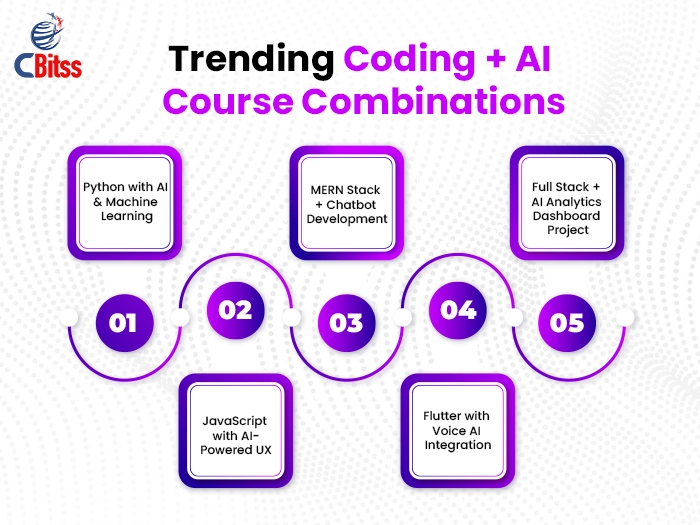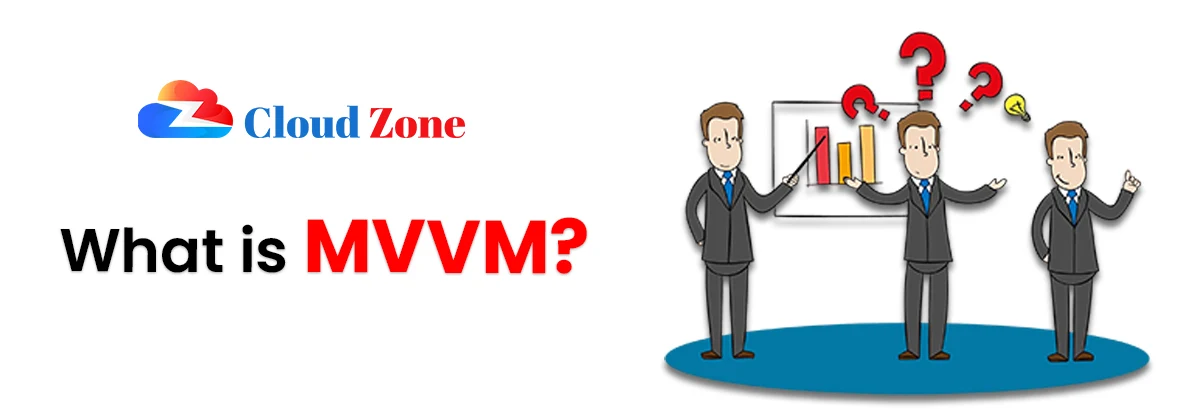The Future of Cloud Computing
Table of Contents
ToggleIntroduction
Information technology has undergone a dramatic shift by going from an on-premise model to Cloud computing. Cloud computing technology is fairly young. The opportunities for developing and implementing this kind of innovation only seems limitless as technology advances forward at an unprecedented pace. In this blog, we will take up the concept of cloud computing. We will understand what is the future of cloud computing. Also we’ll have a look at the potential new direction, innovation, opportunity. As well as the risk towards the future of industries, economy and society across the globe.
Recent Advances in Cloud Computing

Hybrid and Multi-Cloud Adoption:
Hybrid and Multi-cloud models have gained high popularity in business organizations. Cloud computing paradigms as organizations aim to leverage the benefits of the different cloud models. While at the same time avoiding their disadvantages.
Interoperability, portability, and easy system integration with different types of cloud systems will be the new trend of the future. It can give organizations the core advantage in terms of flexibility and scalability.
Edge Computing and IoT Integration: Edge computing with IoT, will expand distributed computing, processing, and analytical capabilities to the periphery of the networks.
This trend will help in real time data analysis, reduced time latency. And also better quality user interface in stringently used areas such as healthcare to manufacturing units and other organizations.
AI and Machine Learning Integration:
There are indications that cloud computing will remain germane as an enabler for AI and machine learning. Here networked computational resources are needed for retraining and deploying intelligential algorithms.
Machine learning and use of robots, risk analysis, and tailored interactions shall further advance and impact occupations ranging from medical to banking to shopping.
Serverless Computing and Microservices Architecture:
Cloud Being aware solutions and mosaic structure will advance significance as a key way to enable developers to create and build applications more efficiently and at less cost.
Some of the trends to expect in the future of application development are the serverless platforms. These are designed to improve the agility and scalability of applications. As well as the container orchestration tools that are used to improve resource optimization.
Stay ahead of the curve by learning AI-powered design techniques for the web.
Advancements in Cloud Technologies
Quantum Computing: Quantum computing is capable of offering a new dimension to cloud computing by solving complex problems at unimaginable faster and bigger dimensions .
Blockchain and Decentralized Cloud: While distributed cloud offerings and blockchain systems’ efficiency will bring about increased privacy, ownership of data, and security from hack attacks and data thefts.
5G Network Infrastructure: Cloud services facilitated by 5G will enable new applications in the realms of VR. And also other advanced forms of experiences and integrated environments.
Green Cloud Computing: The green movements in the context of contemporary environment conservationism will focus more on cloud computing undertakings. Along with the aim of embracing less energy consuming models.
Stay ahead of the curve by learning AI-powered
Advancements in Cloud Technologies
- Security and Privacy Concerns: As the dependency on cloud solutions grows, users become more worried about the protection of the data. As well as privacy and security violations and adherence to data protection laws that include GDPR and CCPA.
These are some of the challenges, which if addressed, will demand enhanced encryption, authentication, and security measures. It is to meet the targeted standards for data security and compliance. - Data Governance and Compliance: Among the issues in cloud computing, one of the most complex concerns by organizations is how to implement and enforce procedures relating to data governance and access control, as well as ensuring compliance with regulatory frameworks across multiple clouds. Establishing harmonized policies and guidelines for managing data, adopting governing models to regulate access and usage, and employing compliance checking tools will be vital to keep the quality of data and user’s confidence in the cloud high.
- Vendor Lock-In and Interoperability: Maintaining a competitive force through vendor lock-in continues to be a significant factor of concern in cloud computing, which makes it hard for organizations to change providers or integrate multiple services. The majority of cloud implementations today are vendor lock-in, thus, new features and further development of cloud technologies, including integrated approaches to multi-cloud management platforms, will ensure vendor-neutral and further decrease the level of lock-in for users.
- Skills Gap and Talent Shortage: In this model, demand for specialized knowledge and related experience is high, given that modern cloud technologies are rapidly developing and involve the use of complex structures, DevOps, cybersecurity, and data analysis. Efforts that assure skill enhancement, continued education, and professional certifications, along with others relating to talent management and workforce development, will be instrumental in closing the cloud skill deficit.
Conclusion
Hybrid/multi-cloud models, edge computing and Artificial Intelligence, trending technologies of quantum computing and blockchain are onward to give new developments to the concept and existence of ‘the cloud’. It will be the fundamental architecture for the information technologies of the contemporary world. But, managing and overcoming the challenges in the security, data ownership, and managing the vendor lock-ins. As well as the lack of trained human resources will call for remapping, partnership, and dynamic evolution.



